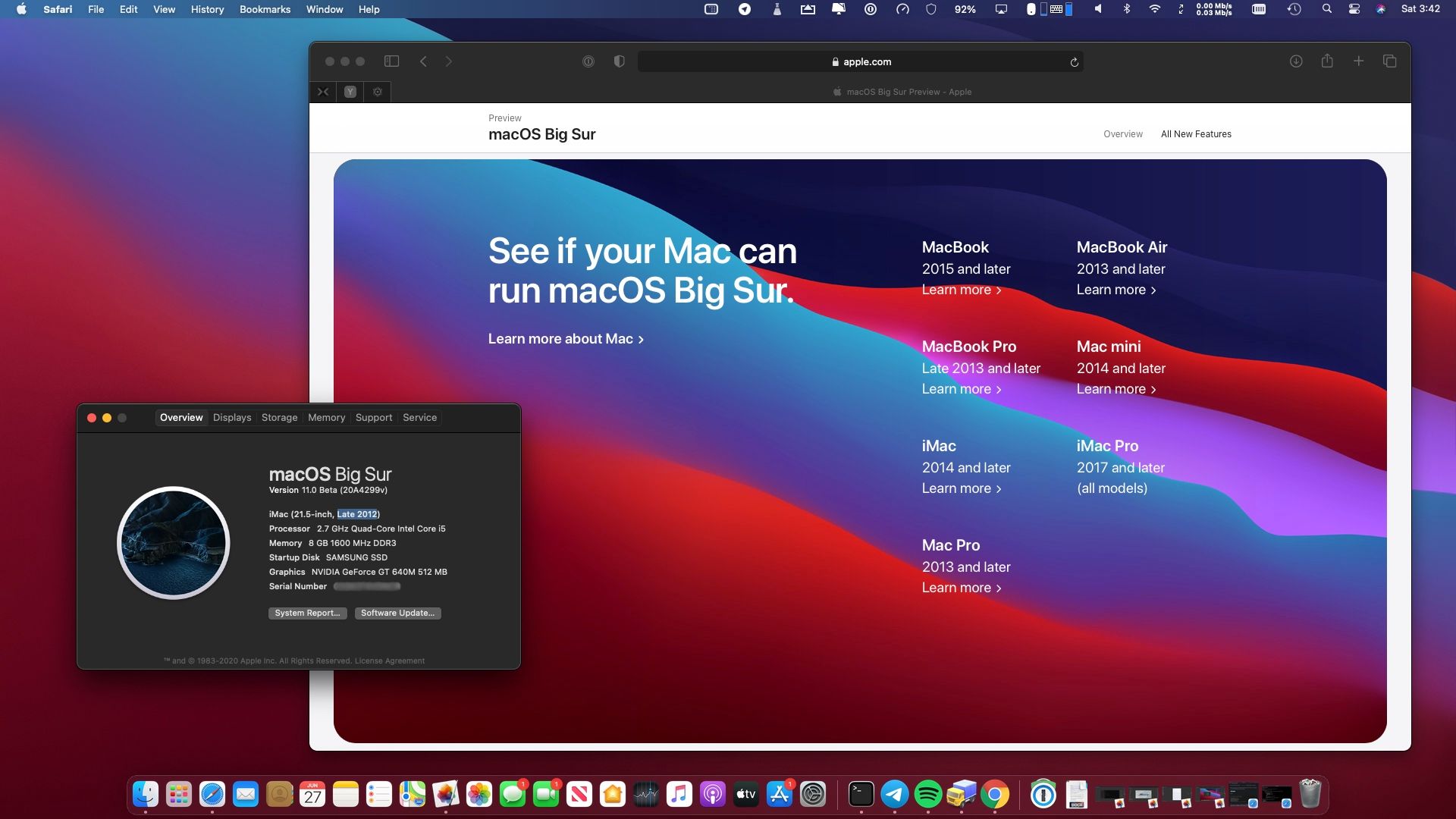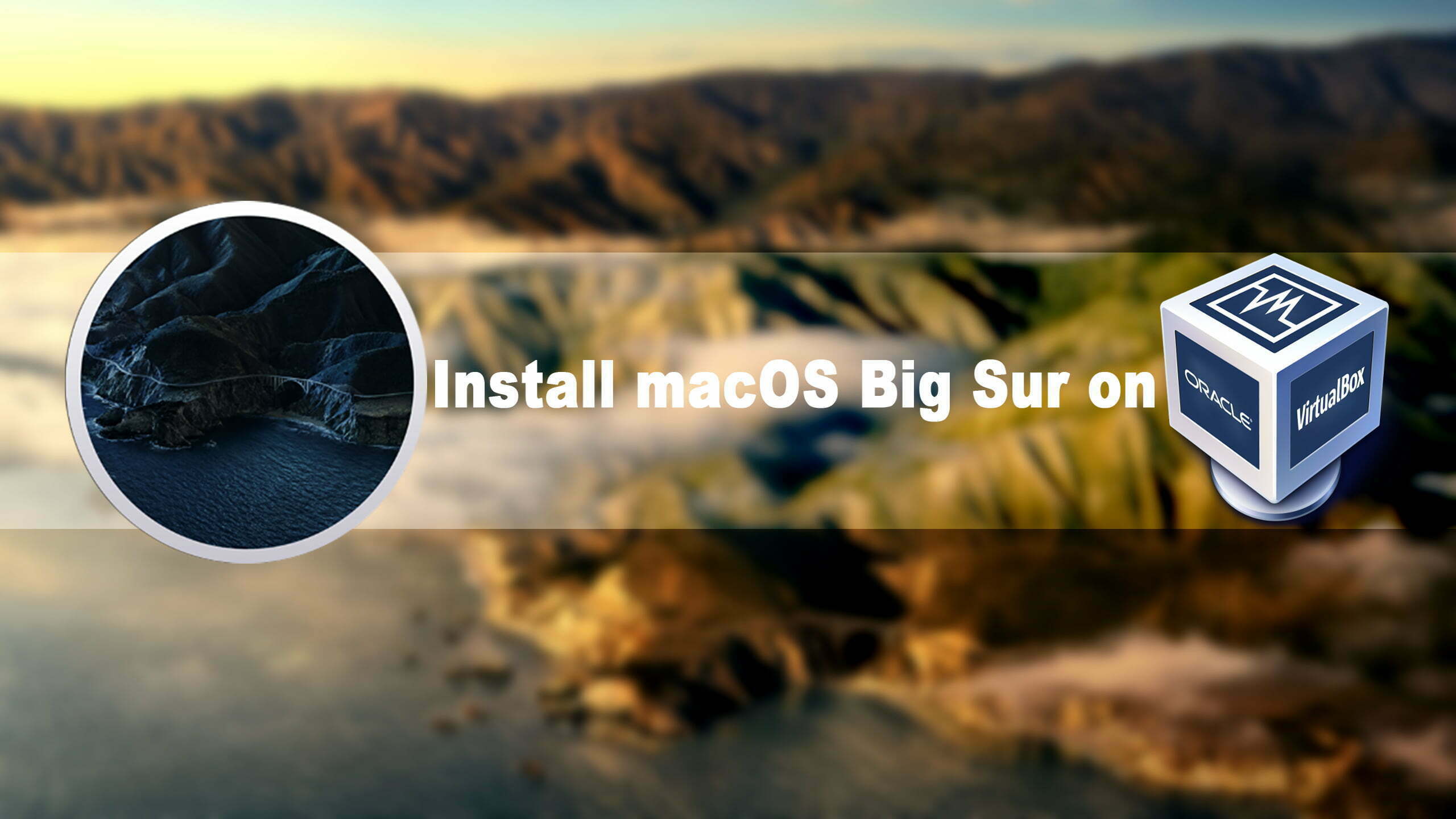It is better than macOS 10.15, Catalina, due to its powerful improvement and new features. However, Apple dropped various Mac versions, making installation of macOS 11 on unsupported Macs almost impossible. In this article, you will learn about the compatible devices and how to install macOS 11 on older Mac or unsupported devices. So if you do install Big Sur, Catalina, or any recent version of macOS on an unsupported Mac don't expect it to run smoothly. The patch will enable you to install Catalina on an older Mac.
- (The Host Mac will do the work and the Target Mac is the Mac you need to Restore) 1. USB-C Mac as the Host Machine. The Host Mac must have at least macOS 10.15.6 and Apple Configurator 2.13.1 or newer installed. (Version 2.13.2 is the latest as of 11/18/20) 3.
- How To Install MacOS Catalina On Unsupported Mac How To Download Macos Catalina Dmg File Ver-10.15.4 (Direct Links) How To Download Macos Catalina Iso For Vmware & Virtualbox: Direct Links How To Download Macos 10.15 Catalina Iso + Dmg + Vmdk How To Install MacOS Catalina On VirtualBox On Windows: 8 Step Ultimate Guide.
This article is intended for system administrators at businesses and educational organizations.
Install Catalina On Old Mac
About system extensions in macOS
Install Macos 10.15 Catalina On An Unsupported Mac
MacOS Big Sur 11.0 and later allows management of legacy system extensions for both Intel-based Mac computers and Mac computers with Apple silicon. How to manage legacy system extensions Kernel extensions that use previously deprecated and unsupported KPIs no longer load by default.
System extensions on macOS Catalina 10.15 and later allow software, such as network extensions and endpoint security solutions, to extend the functionality of macOS without requiring kernel-level access. Learn how to install and manage system extensions in user space instead of the kernel.
Legacy system extensions, also known as kernel extensions or kexts, execute in a highly privileged mode of the system. Starting with macOS High Sierra 10.13, a kernel extension must be approved by an administrator account or a Mobile Device Management (MDM) profile before it can load.
macOS Big Sur 11.0 and later allows management of legacy system extensions for both Intel-based Mac computers and Mac computers with Apple silicon.
How to manage legacy system extensions
Kernel extensions that use previously deprecated and unsupported KPIs no longer load by default. You can use MDM to modify default policies to not show dialogs periodically and to allow the kernel extensions to load. For Mac computers with Apple silicon, you must first change the security policy.
Install nextcloud on docker. To install a new or updated kernel extension in macOS Big Sur, you can do either one of the following:
- Instruct the user to follow the prompts within Security & Privacy preferences to allow the extension, then restart their Mac. You can permit users who are not administrators to allow the extension using the
AllowNonAdminUserApprovalskey in the Kernel Extension Policy MDM payload. - Send the
RestartDeviceMDM command and set theRebuildKernelCachekeyto True.
How To Install Catalina Unsupported Mac
Any time the set of approved kernel extensions changes, either after initial approval or if the version is updated, a restart is required.
Additional requirements for Mac computers with Apple silicon
Mac computers with Apple silicon require kernel extensions to be compiled with an arm64e slice.
Before you can install a kernel extension on a Mac computer with Apple silicon, the security policy must be changed in one of the following ways:
- If you have devices enrolled in MDM with Automated Device Enrollment, you can automatically authorize remote management of kernel extensions and change the security policy.
- If you have devices enrolled into MDM with Device Enrollment, a local administrator can change the security policy manually in macOS Recovery and authorize remote management of kernel extensions and software updates. Additionally, an MDM administrator can advise the local administrator to make this change by setting
PromptUserToAllowBootstrapTokenForAuthenticationin MDMOptions or by setting the same key in the MDM profile. - If you have non-MDM devices or devices enrolled into MDM with User Enrollment, a local administrator can change the security policy manually in macOS Recovery and authorize user management of kernel extensions and software updates.
macOS Catalina has precise requirements, you will need to have the previous OS version, and it works only on specific MacBooks, iMacs and so on. But even if it might not seem possible to install Catalina on your Mac due to the requirements, you shouldn’t worry that much. There are some methods you can use to install Catalina on your unsupported device. It does require a bit of thinking outside the box, but it’s going to be worth it, and it will be quite the experience.

What do you need?
To install Catalina on your Mac, you will need to download and create a bootable USB installation drive. The drive needs to have 16GB, and it has to be formatted in the Mac OS Extended format. You also need to create a backup for your Mac’s information, to be safe.
With the patcher tool method listed below, you can install Catalina on the Early-2008 or newer Xserve, Early-2009 or newer Mac Mini, Late-2008 or newer MacBook Air or unibody unit or any Mac Pro, MacBook Pro or iMac after 2008.

Keep in mind that Catalina works only on 2015+ MacBooks, 2012+ Macbook Air and Pro models, the 2017 iMac Pro, late 2013 Mac Pro or Newer and the Late 2012 Mac Mini or Newer. So yes, you can install this on much older systems if you use the patcher.
macOS Catalina is fully 64bit, and as such, you should check both your CPU and EFI firmware before installing.
How To Get Catalina On Unsupported Mac
How can you create the Patched macOS Catalina installer?
- Download the latest macOS Catalina patcher
- Run the app; now you will have to download a copy. You need that because you are creating a bootable USB drive installer here.
- Since the installer is around 8 GB in total, you need to wait until the download is complete.
- After the download is done, you will be able to choose the installation method. Insert the USB drive and then choose to Create a Bootable Installer.
- Insert the flash drive in the unsupported Mac. Turn the Mac on and hold the Option key down as it loads up. As you enter the Startup Manager, you will need to select the USB drive and then press Return.
- Now you are in the Recovery environment here. Format the internal drive to APFS; you can use the disk utility for that. That’s very important, and you have to do it especially if the drive is not APFS formatted.
- Choose to Reinstall the macOS option in order to begin the installation process. Wait until it’s done. If there are any command-line manages, those are a normal part of the process.
- After the installation is done, you need to reboot using the USB drive once again. You do that so you can apply the post-installation patches. Those are mandatory if you want to ensure Catalina works properly.
- You can perform the post-installation tasks by choosing the macOS Post Install. Use the Force Cache Rebuild option after the installation is completed. Then you can restart and use Catalina on your old Mac.
As you can see, installing macOS Catalina on old Mac is indeed possible, and it can offer an excellent experience. All you have to do is to follow the guidelines above, and the experience can be great. At the end of the day, forcing Catalina installations on an older Mac is possible, even if it seems impossible at first. You just need to stick to the guidelines!
Subscribe to our News
Catalina On Unsupported Macbook
Want to stay ahead of what's happening in the ever-changing world of digital business solutions?
Our team is made up of talented individuals and as a company we love digital tech, so if you have a passion for keeping up to date with the latest tech/design/development trends, subscribe to the best of our latest news monthly email.